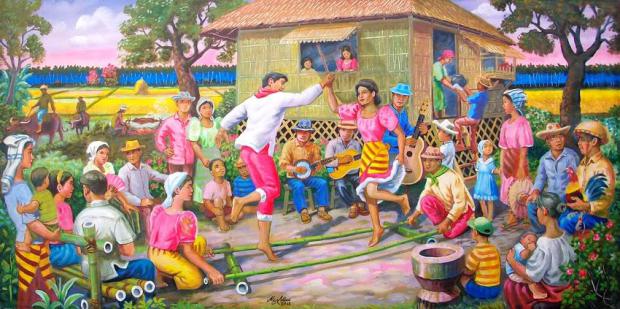Binasuan
- Details
- Category: Blog
- Created: Monday, 24 October 2022 00:38
- Last Updated: Monday, 24 October 2022 00:40
- Published: Monday, 24 October 2022 00:38
- Written by Edukasyon Online
- Hits: 1593

The Binasuan is performed by dancers as they carry full wine glasses in both hands and on top of their heads. Wine is traditionally used in the dance, but any dark-colored beverage will do. The dance often involves balancing tricks, so there are no specific moves that are set in stone. If you'd like to try the Binasuan though, these steps will get you started. Consider practicing with empty, plastic cups until you get the hang of the movements.




